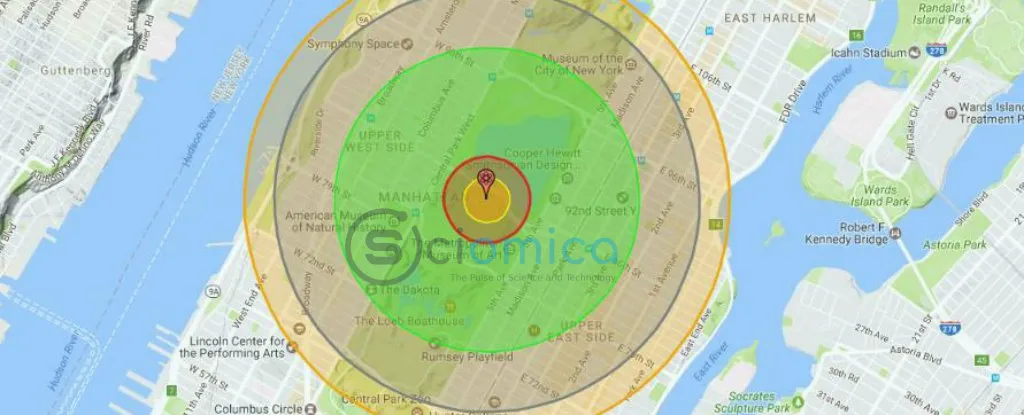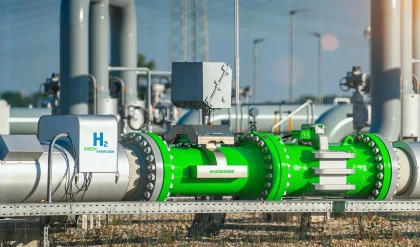As we approach the 80th anniversary of the catastrophic nuclear bombings of Hiroshima and Nagasaki, a somber reflection emerges on the lasting impacts of nuclear warfare. In August 1945, more than 200,000 lives were lost due to these unprecedented attacks, predominantly affecting civilians. Many survivors, known as hibakusha, continue to suffer from severe long-term health consequences.
Despite the grim historical context, the landscape of nuclear weaponry has changed little since that time; current estimates indicate that over 12,200 nuclear warheads remain stockpiled worldwide as of early 2025. These figures raise critical concerns about global safety and the implications of nuclear conflict.
To entertain a hypothetical scenario, the YouTube channel AsapSCIENCE explores the potential outcomes and human survival chances in the unfortunate event of a nuclear attack. The team’s video outlines that the impact of a nuclear blast is not straightforward; it varies significantly based on various factors such as weather, geographic location, and the altitude of detonation.
As the video explains, about 35% of the energy from a nuclear explosion is released as thermal radiation. The initial blast would produce a devastating flash of heat and light traveling at the speed of light. Observers up to 21 kilometers (13 miles) away on a clear day could experience flash blindness, and even individuals 85 kilometers away could temporarily lose their sight on a clear night.
For those near the explosion, the consequences would be dire. Individuals situated within an 11-kilometer radius could suffer mild burns, while those within an 8-kilometer radius might be afflicted by severe third-degree burns that could be fatal without immediate medical attention. The center of a 1 megaton bomb explosion can reach temperatures near 100 million degrees Celsius, creating conditions intense enough to instantly disintegrate matter.
Furthermore, the video highlights the immense destructive force of the blast wave, which causes catastrophic damage to infrastructure. Within six kilometers of a 1 megaton explosion, a force equivalent to 180 metric tons could batter two-story buildings, with peak wind speeds reaching 255 kilometers per hour (158 mph). As the devastation escalates, pressures and wind speeds intensify significantly within one kilometer of the epicenter, resulting in a catastrophic death toll due to building collapses.
Should one survive the immediate destruction, radiation exposure would pose a lingering threat. The bombings of Hiroshima and Nagasaki exemplify the dangers of nuclear fallout, which would have far-reaching environmental effects. It is not simply an immediate concern; simulations indicate that a large-scale nuclear conflict could lead to a nuclear winter, severely impacting global climates within days.
Moreover, radioactive particles from previous nuclear tests have spread far beyond their original sites, reaching extreme locations such as the Mariana Trench, illustrating the long-lasting nature of nuclear contamination.
While these scenarios remain hypothetical, they remind us of the grave responsibilities associated with nuclear armament. International treaties exist in an effort to prevent the use and proliferation of these weapons, underscoring the hope that such catastrophic incidents remain a part of history rather than a feature of the future.
As the 80th anniversary of the Hiroshima and Nagasaki bombings approaches, it raises the question of how society will address the legacy of nuclear warfare and what measures will be taken to ensure such tragedies are never repeated.







